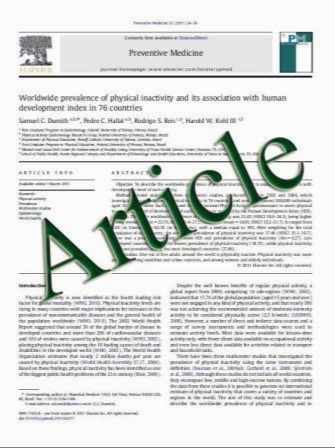A Brief View on Molecular Diagnosis and Surveillance of West Nile Virus
- نوع فایل : کتاب
- زبان : انگلیسی
- مؤلف : Pranay Kumar 1, Shanker K Singh 2*, Yogranjan R Singh 3, and Mayurdhvaj K Jhala 1
- چاپ و سال / کشور: 2010
Description
West Nile Virus (WNV) is an important zoonotic agent having a wide host range. Due to its emergence with increased virulence in a wide geographical range, its monitoring becomes imperative. Development of more rapid and sensitive molecular techniques for instance Reverse Transcriptase-Polymerase Chain Reaction (RT-PCR), reverse transcription loopmediated isothermal amplification (RT-LAMP) and Nucleic Acid Sequence-Based Amplification (NASBA) assays are vital for detection of the virus. Various surveillance techniques according to epidemiological, climatic and geographical conditions in the exposed area have also been developed. The surveillance can be set up at different levels of the WNV transmission cycle using birds, horses and mosquitoes as sentinels. West Nile Virus (WNV) is one of the imperative emerging infectious agents with zoonotic potential. It affects wide varieties of hosts, produces ranges of clinical manifestations and has emerged with increased severity with different features and patterns of virulence. WVN is a positive sense single-stranded RNA enveloped virus of the genus Flavivirus, family Flaviviridae. Phylogenetic studies have identified two main lineages of WNV. Strains from Lineage 1 are present in Africa, India, Australia and the Western Hemisphere and have been responsible for recent epidemics in Europe, the Mediterranean basin, the Americas; and strains from Lineage 2 have been reported only in sub-Saharan Africa and have not been associated with epidemic transmission (1). The natural cycle of all members of the JE antigenic complex of Flaviviruses involves birds as the main amplifying host and several species of mosquitoes as the vectors, ornithophilic mosquitoes, particularly, Culex species. WNV has been detected in at least 61 species of North American mosquitoes and 328 avian species in United States (2).


